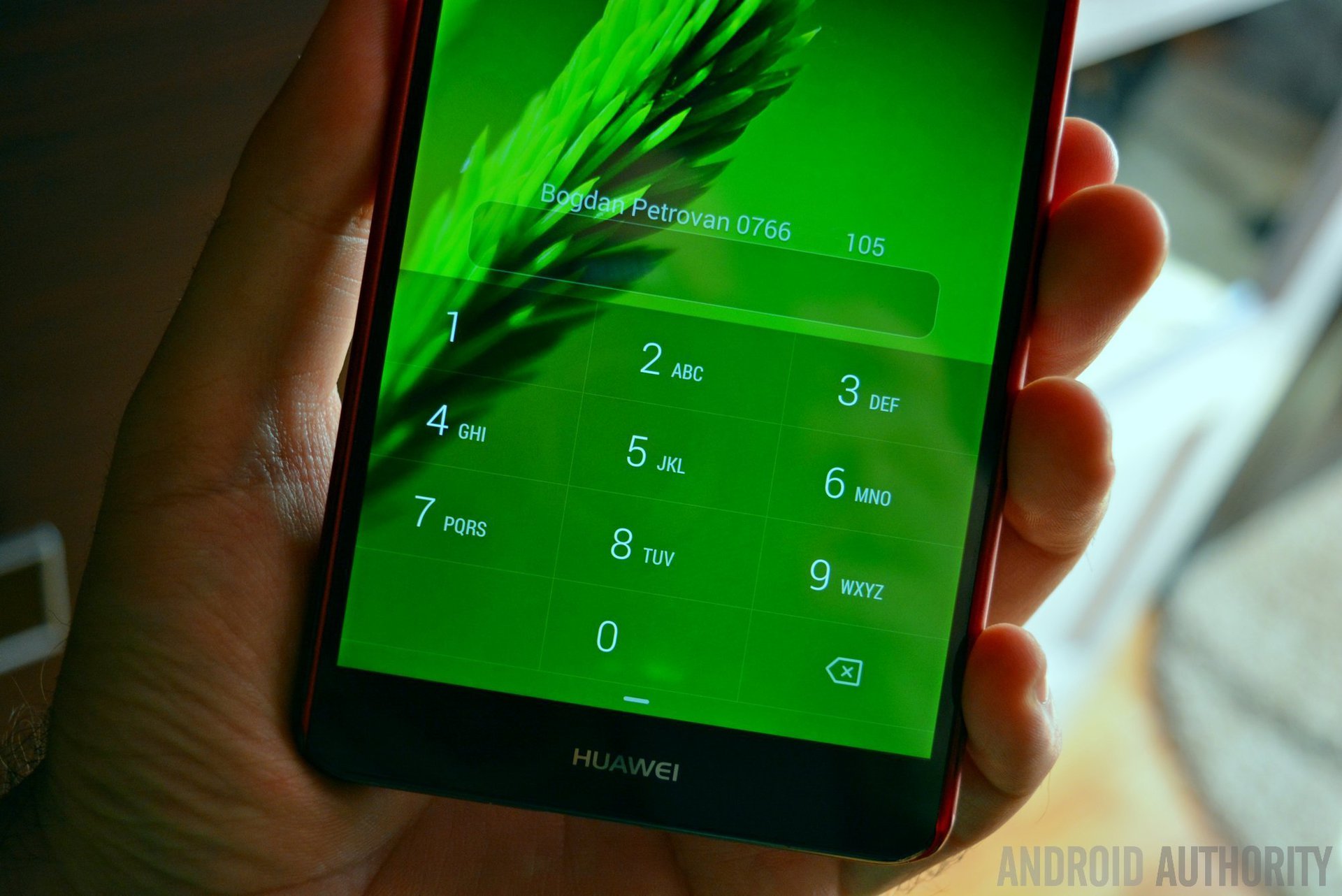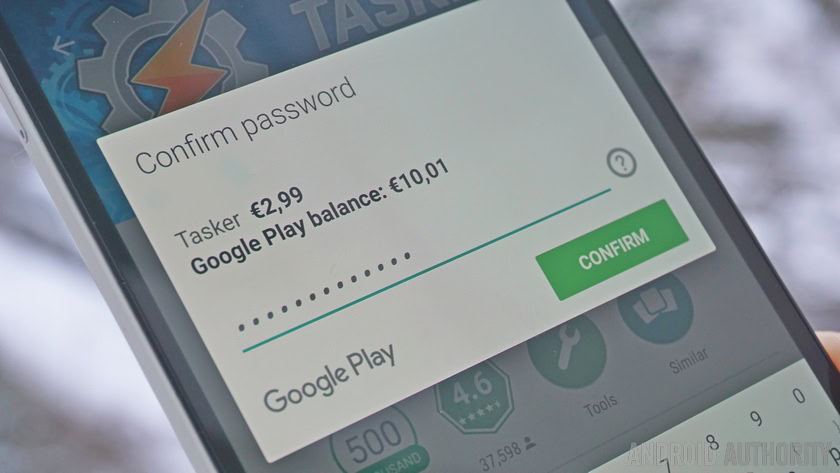Affiliate links on Android Authority may earn us a commission. Learn more.
PSA: 34% of you aren’t even using a lockscreen password
Published onJanuary 21, 2016

Android doesn’t have the best track record when it comes to software security. From Stagefright to root exploits, there always seems to be something that could be better. After some pressure, Google is now busy patching away exploits as they appear. But it all might be for naught, as a large number of Android users appear to be failing to use even the most basic levels of security. It’s us at fault this time.
According to data from Duo Labs, which was collected from users who make use of its two-factor authentication system, 1-in-3 Android smartphones aren’t even secured with a lockscreen passcode, which really is the most basic level of protection that everyone should consider.
Although there’s clearly a distinction to be made with elaborate exploits used to gain remote access to your device, smartphone theft is still a major crime statistic across the globe. There’s no easier way to gain access to some of your personal data than by actually having full access to your unlocked phone. Not to mention that today’s smartphones are used for a range of financial transactions and even direct access to bank accounts. We really shouldn’t be making it that easy for criminal types. Collectively, a larger percentage of locked devices makes stealing phones much less appealing too, so we’re in this together.
There are some other rather interesting statistics buried away here too. Android users are much more likely to root their phones than iOS customers. 1 in every 20 Android phones in rooted, while only 1 to 250 iPhone users bother with jailbreaking. While rooting has its benefits when you are watching over it, many malicious bits of software are also looking for ways to gain and exploit root access to bury themselves deep.

Furthermore, 92 percent of us don’t bother with pre-boot encryption either. While perhaps it might be a little overkill for most users, encrypting your phone is the best way to prevent access to your data, even if someone attempts to factory reset the phone. The group’s data also reaffirms complaints that the vast majority of Android users aren’t receiving the latest and most secure builds of Android, with 32 percent of phones still running Android 4.0 and below.
If you’re unsure how to set a password, just head on over to settings -> lock screen and then pick your preferred method and password. If you’re fortunate, you can even use a fancy technique like your fingerprint or a “knock code” to secure your phone. Come the remaining one third of you, at the very least protect your phone with a lockscreen password or simple PIN.